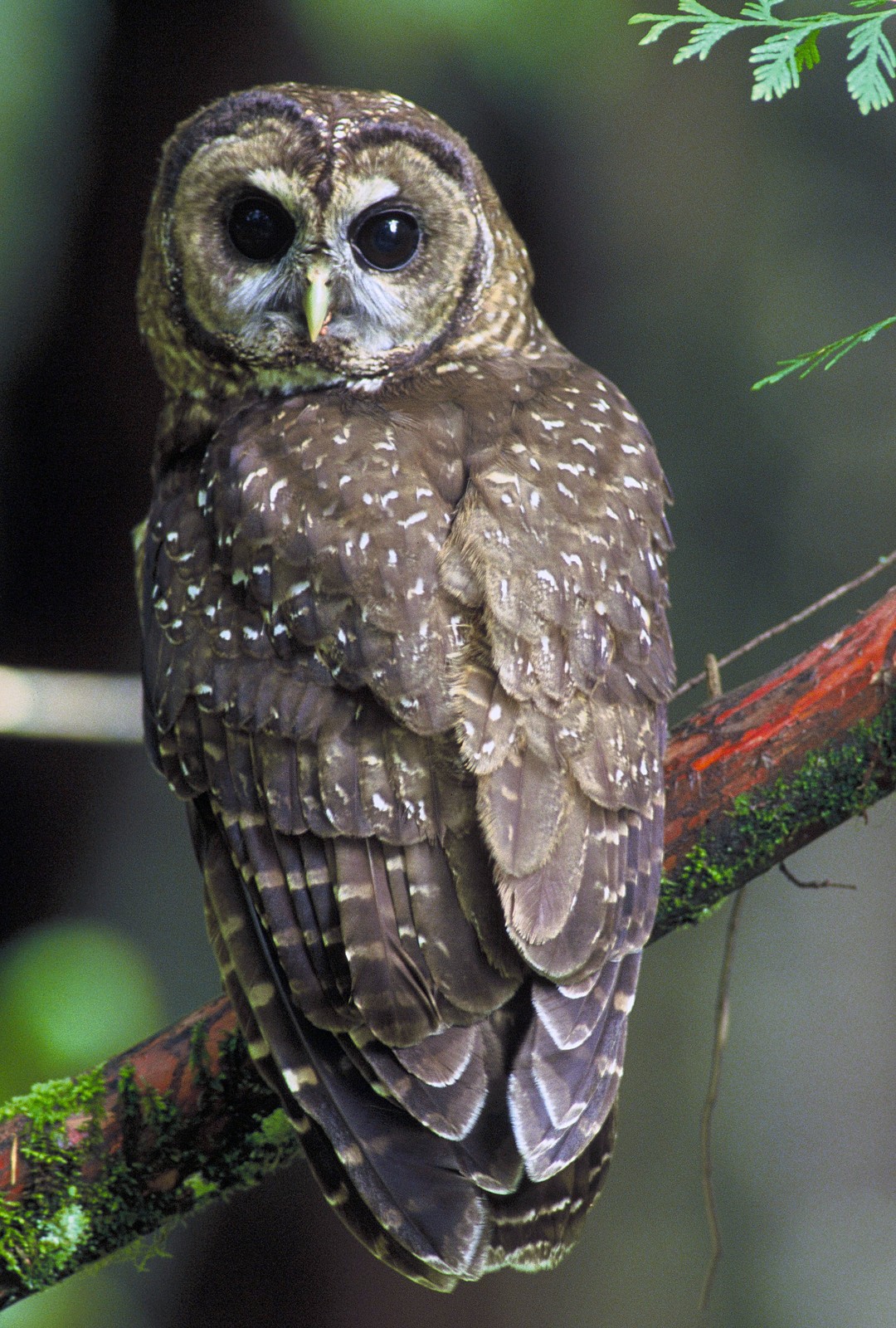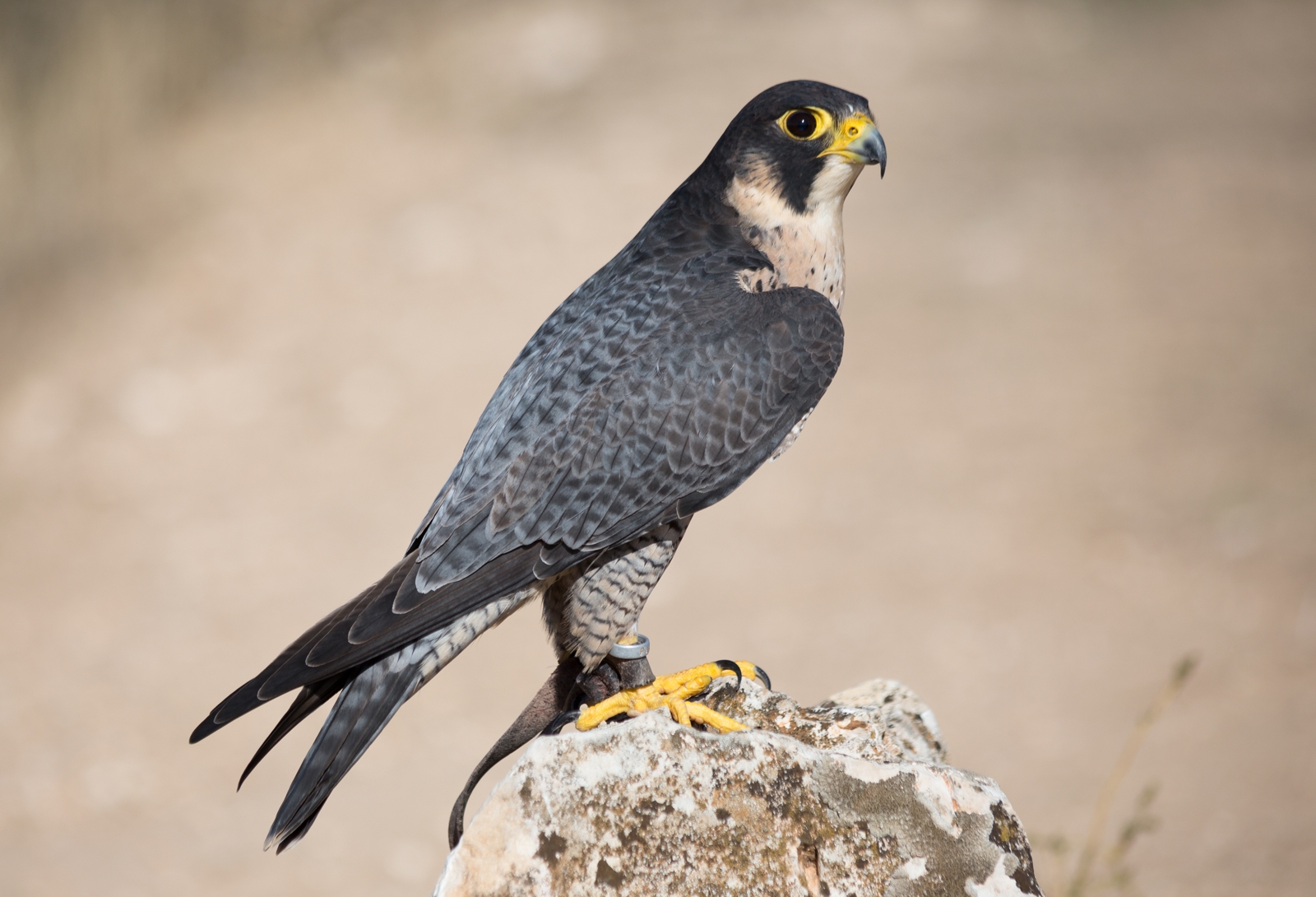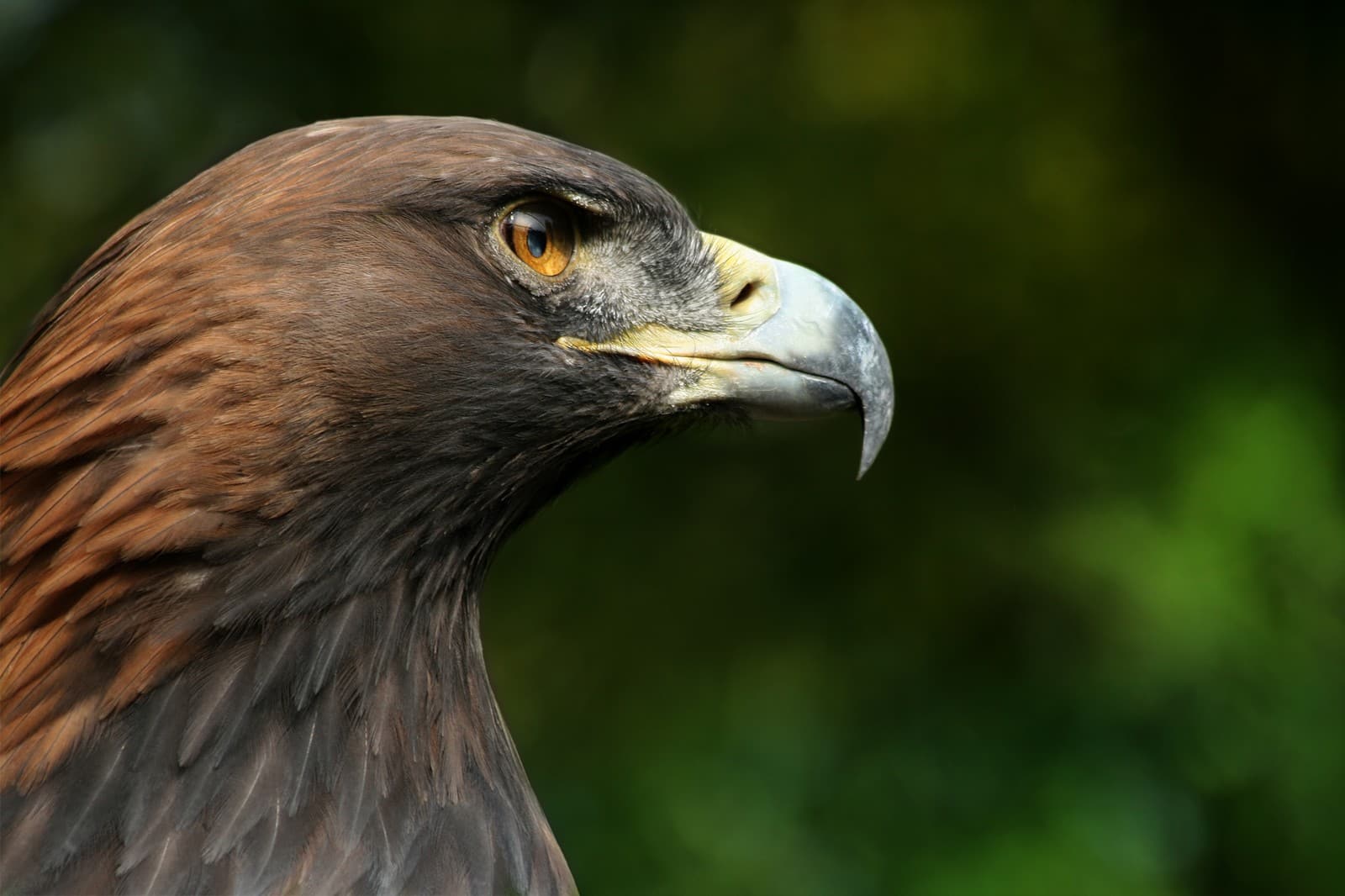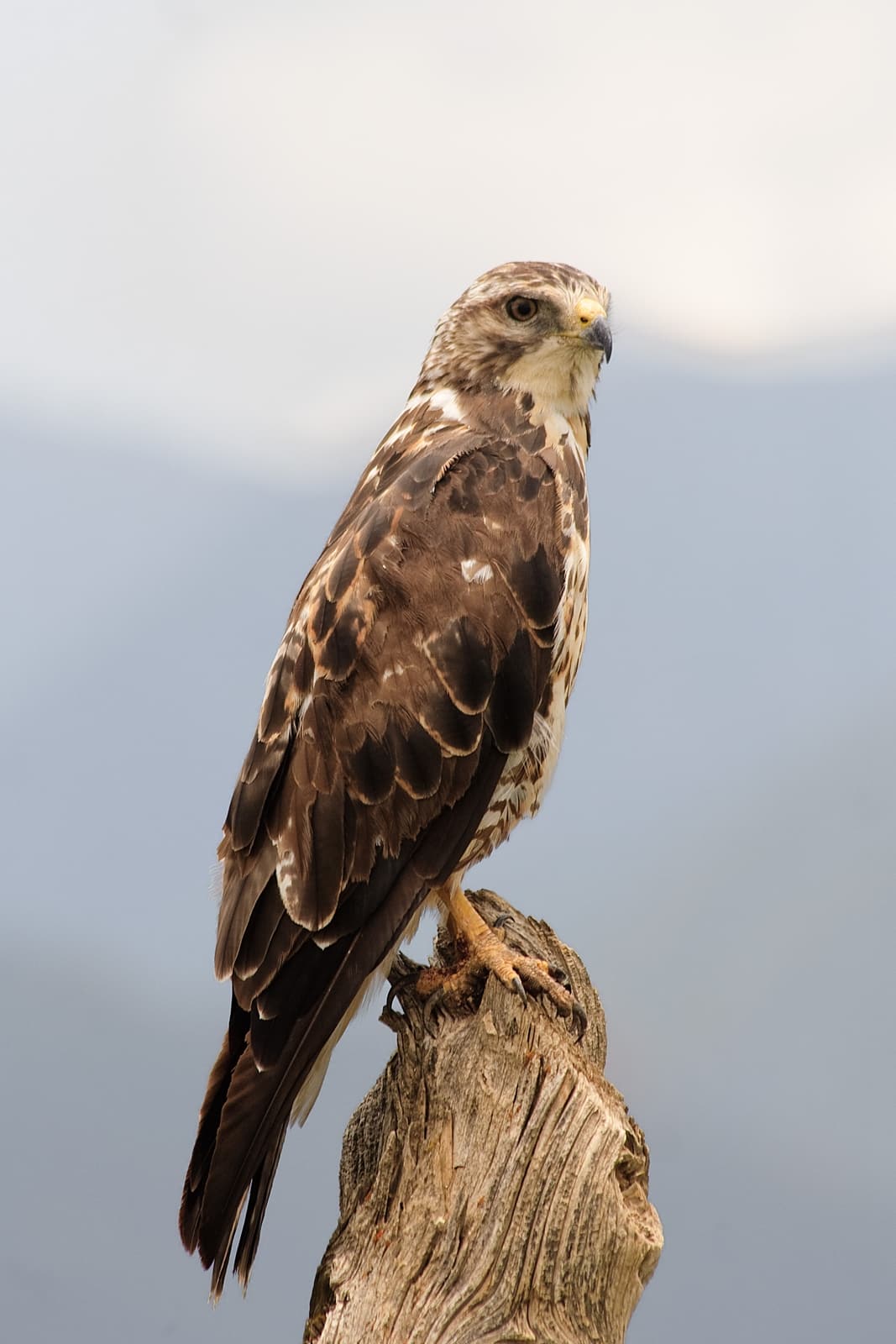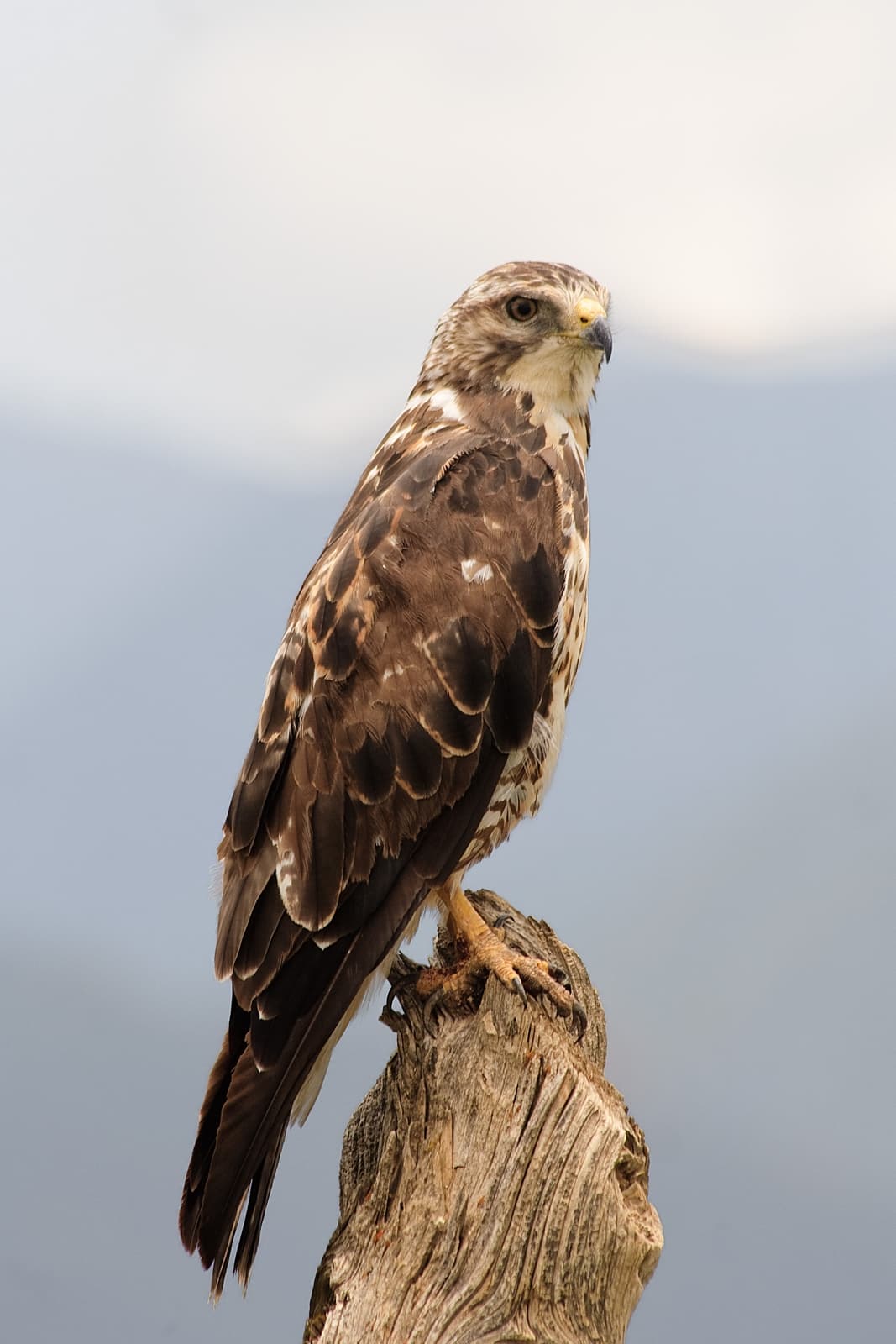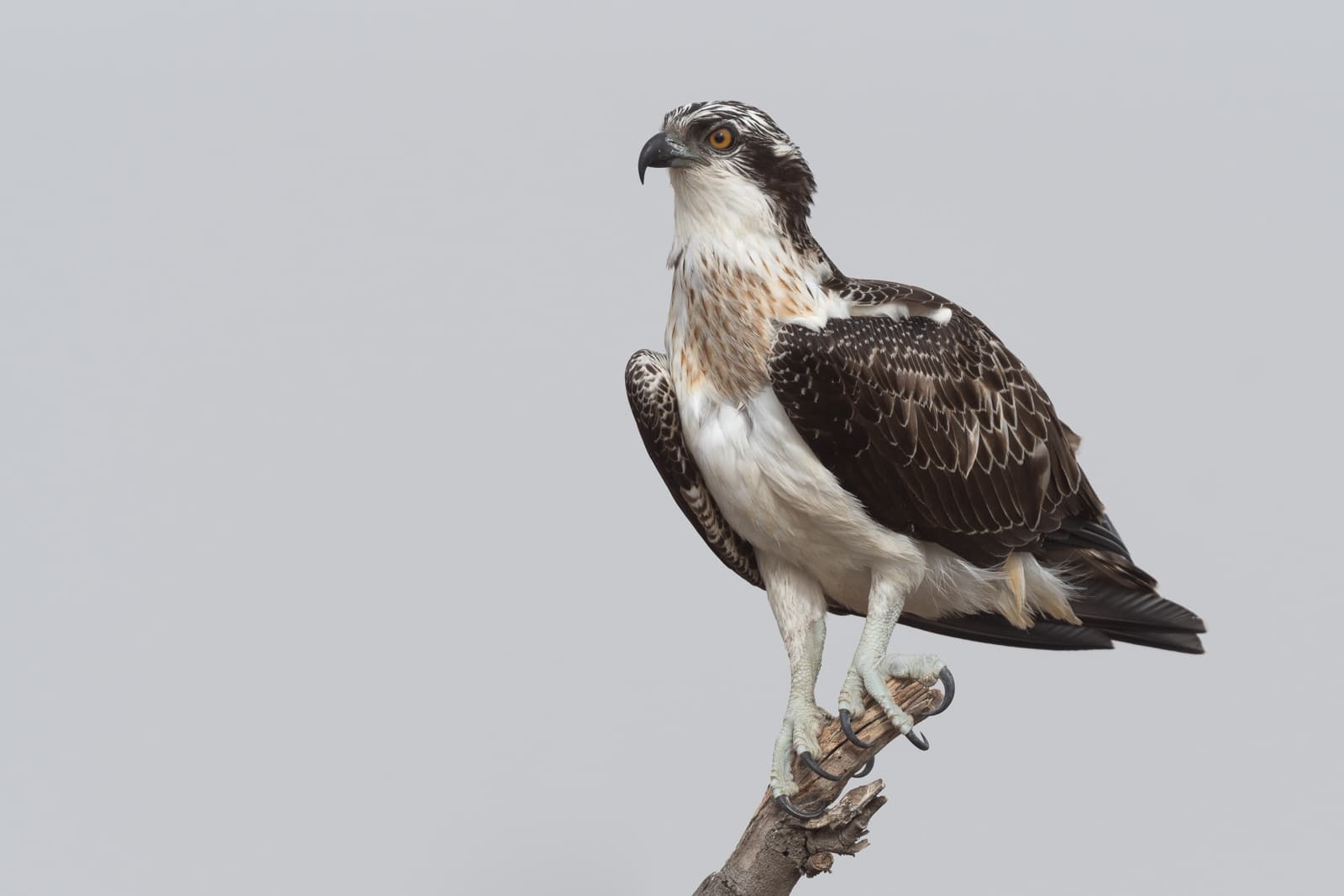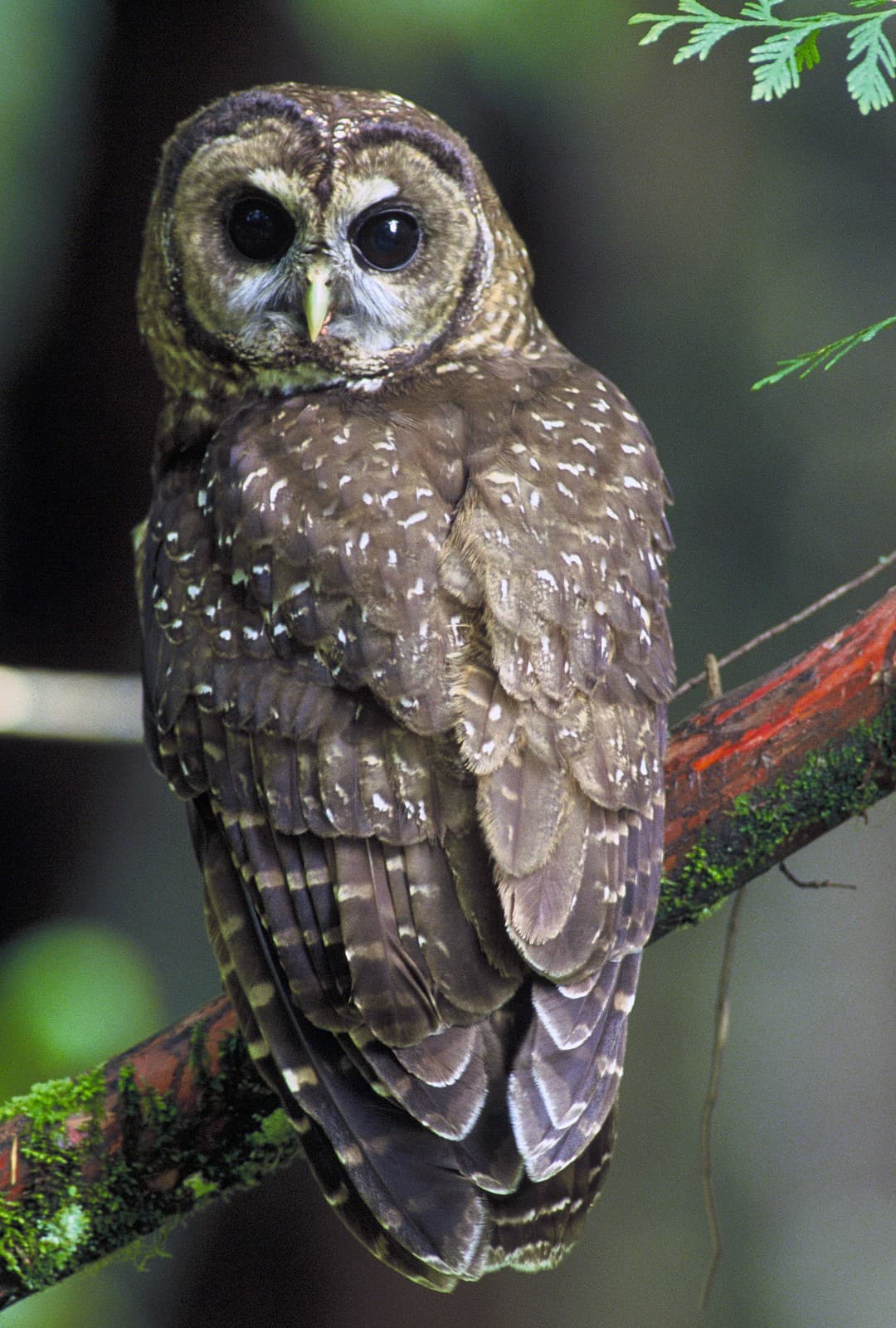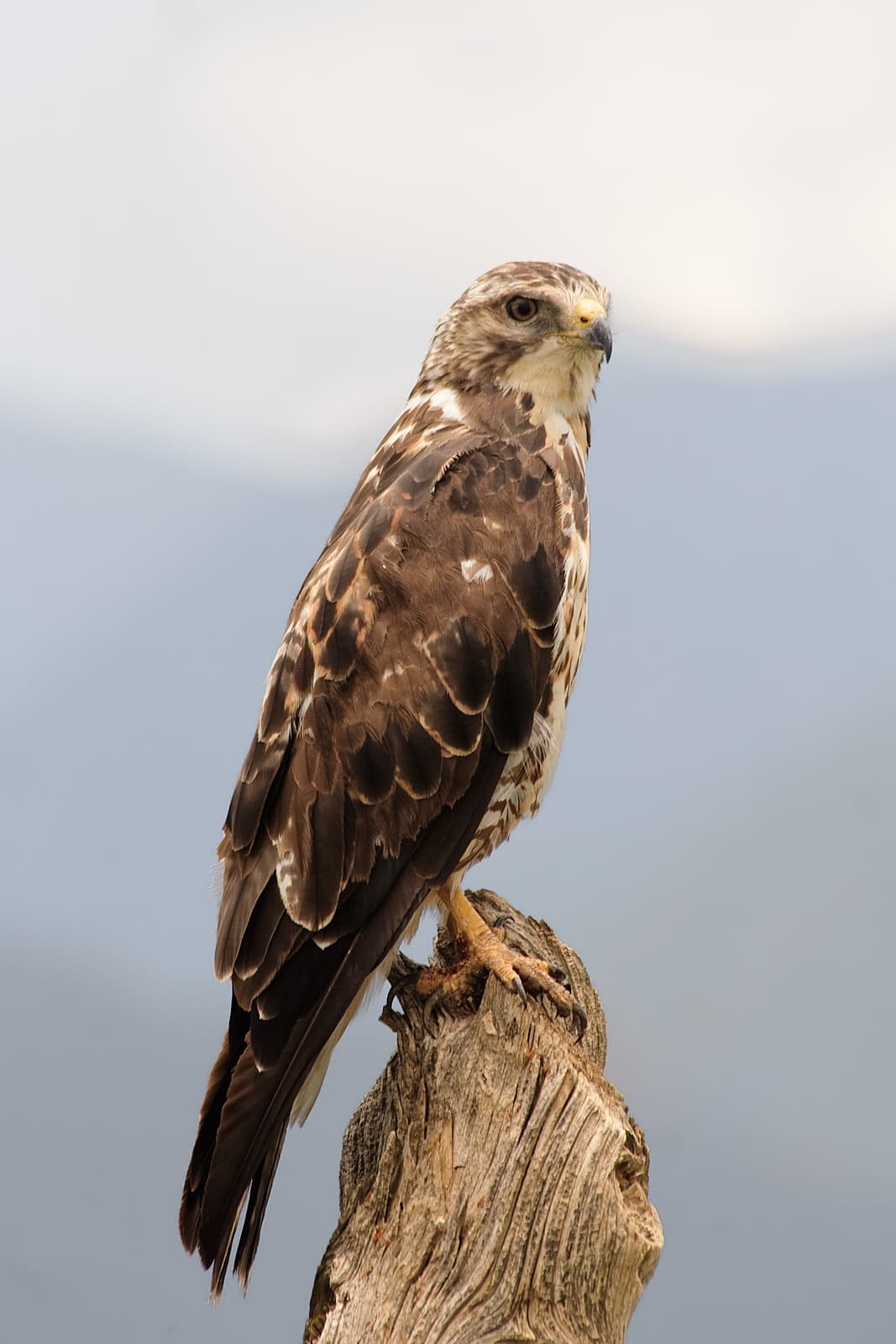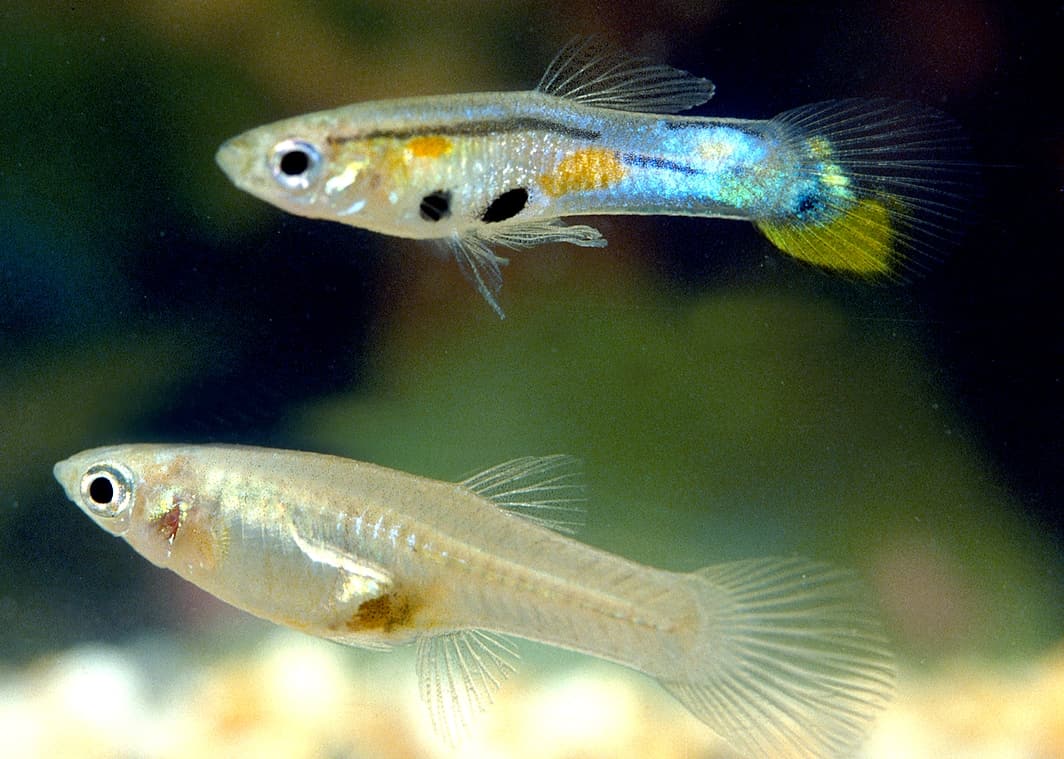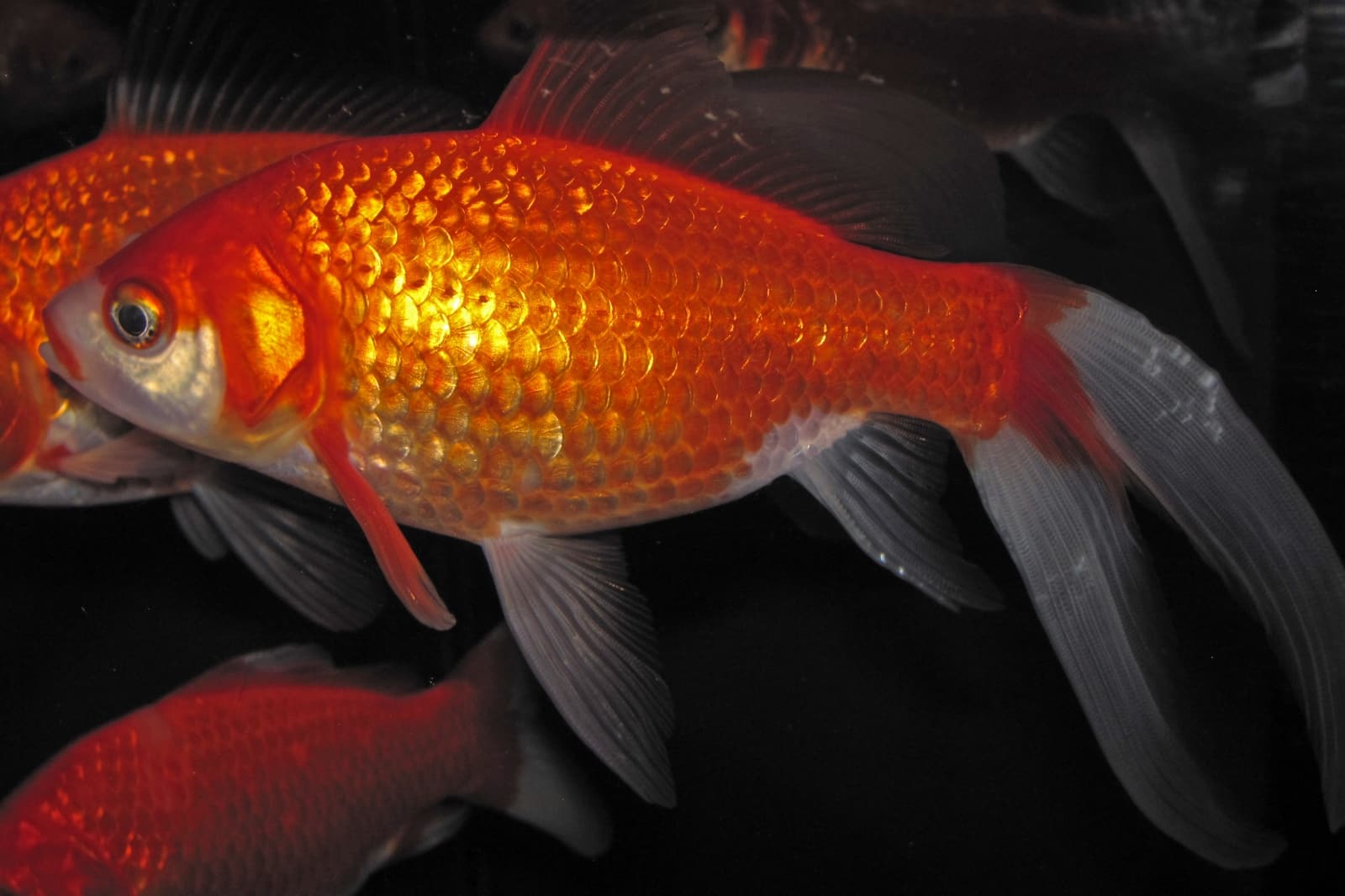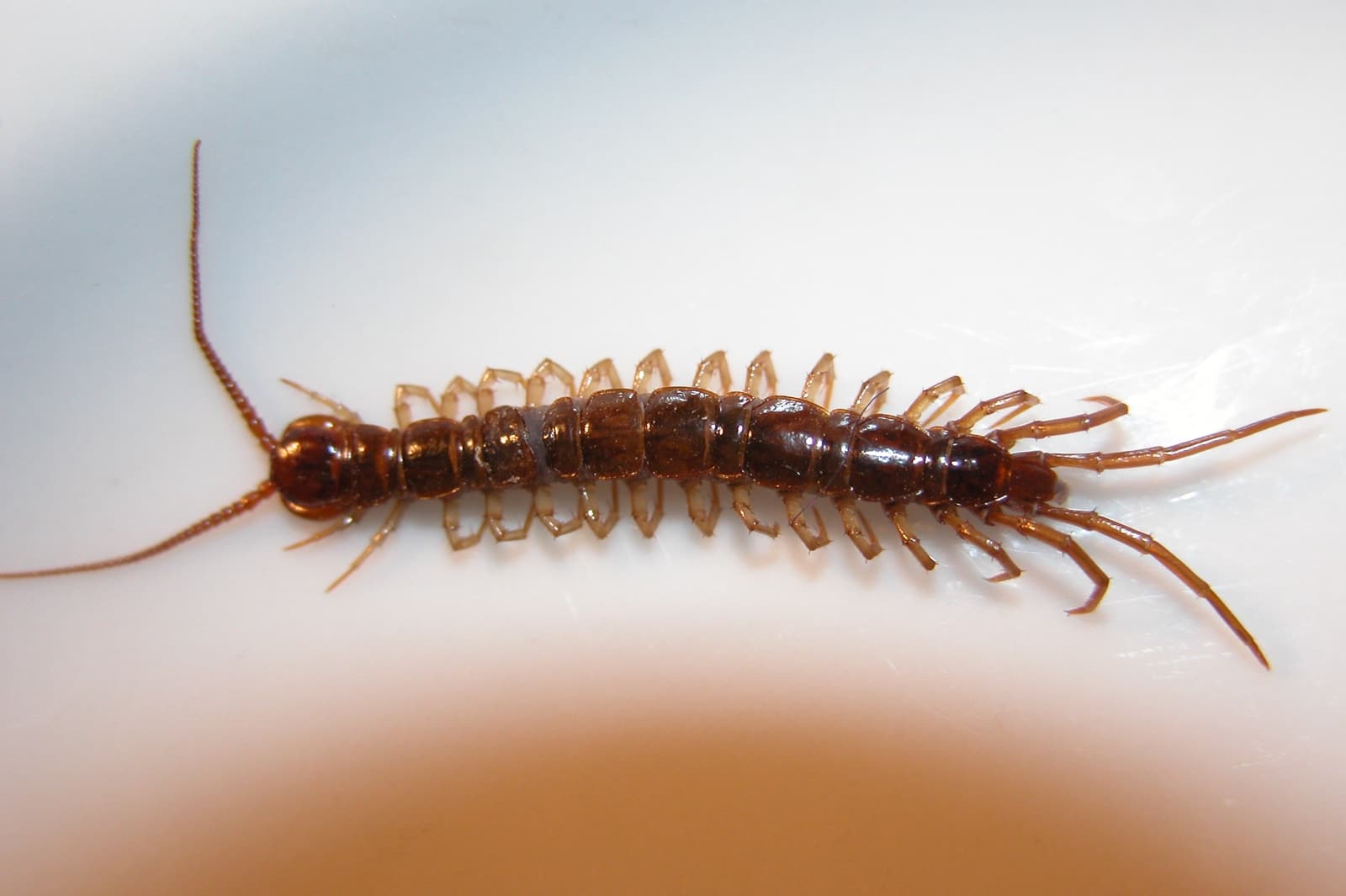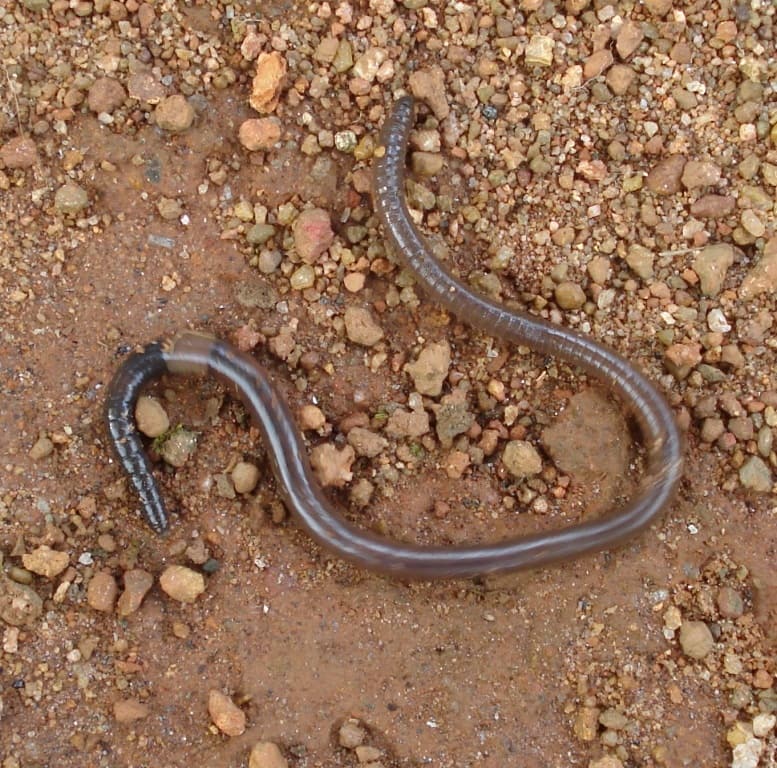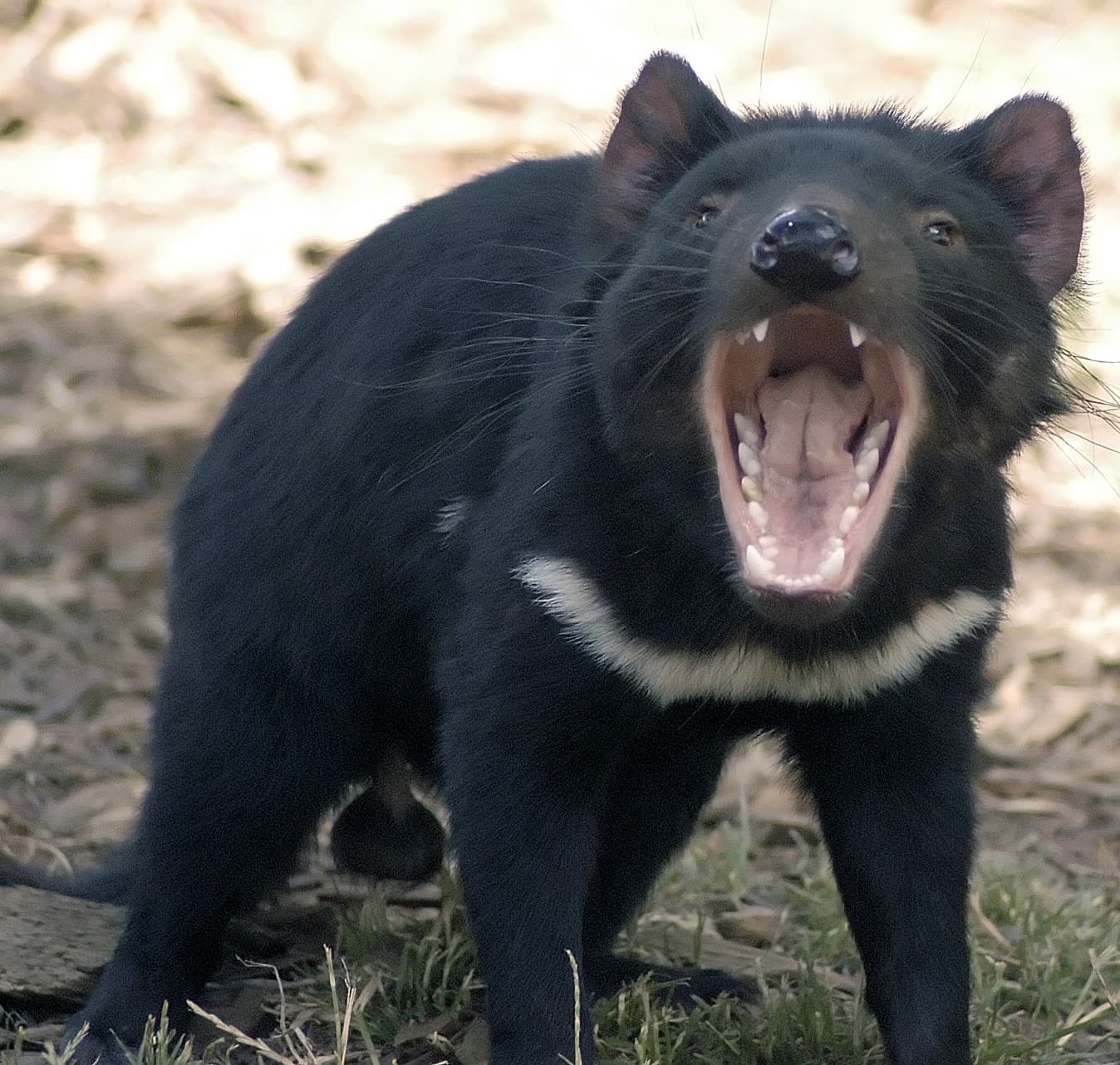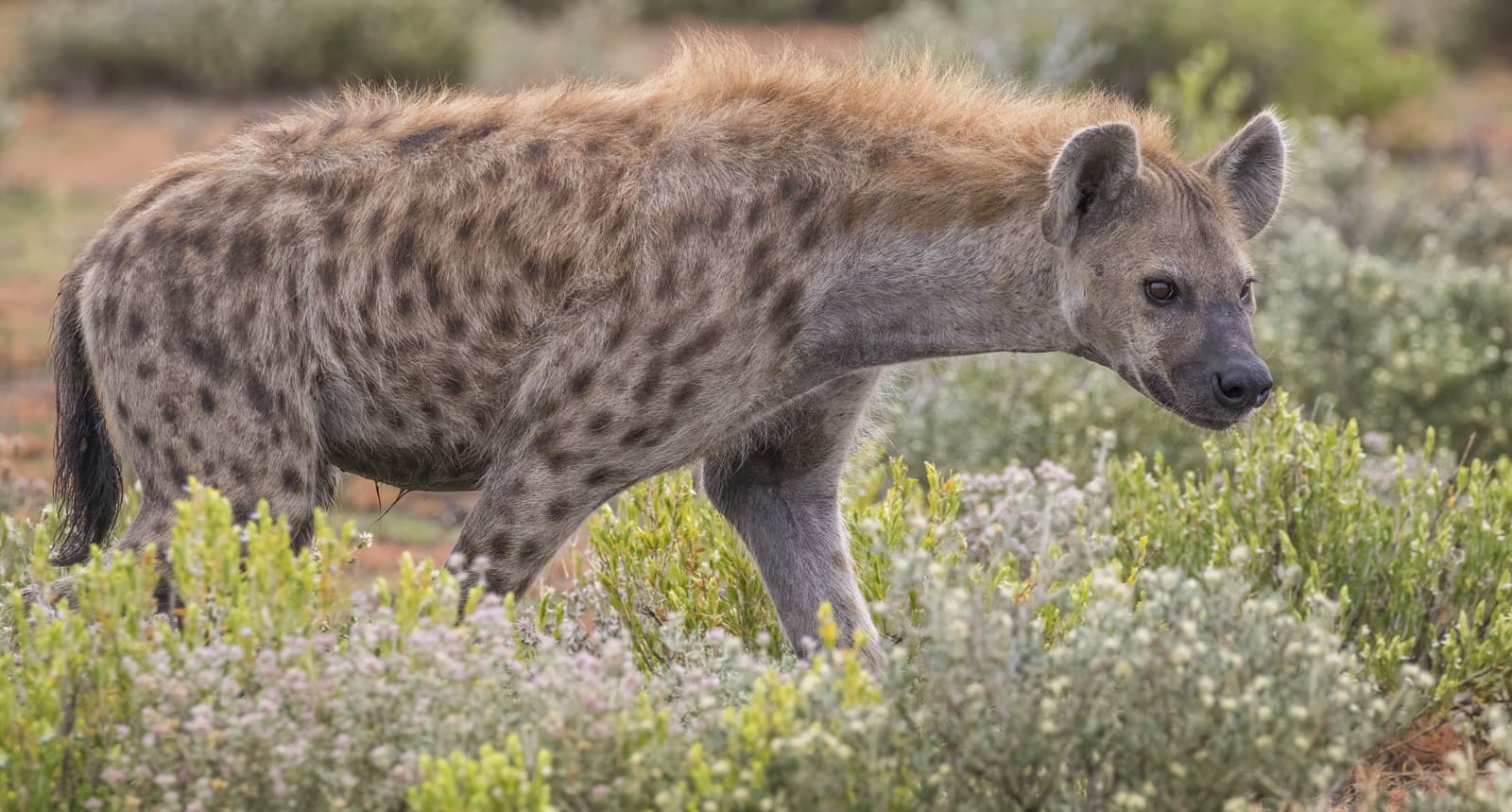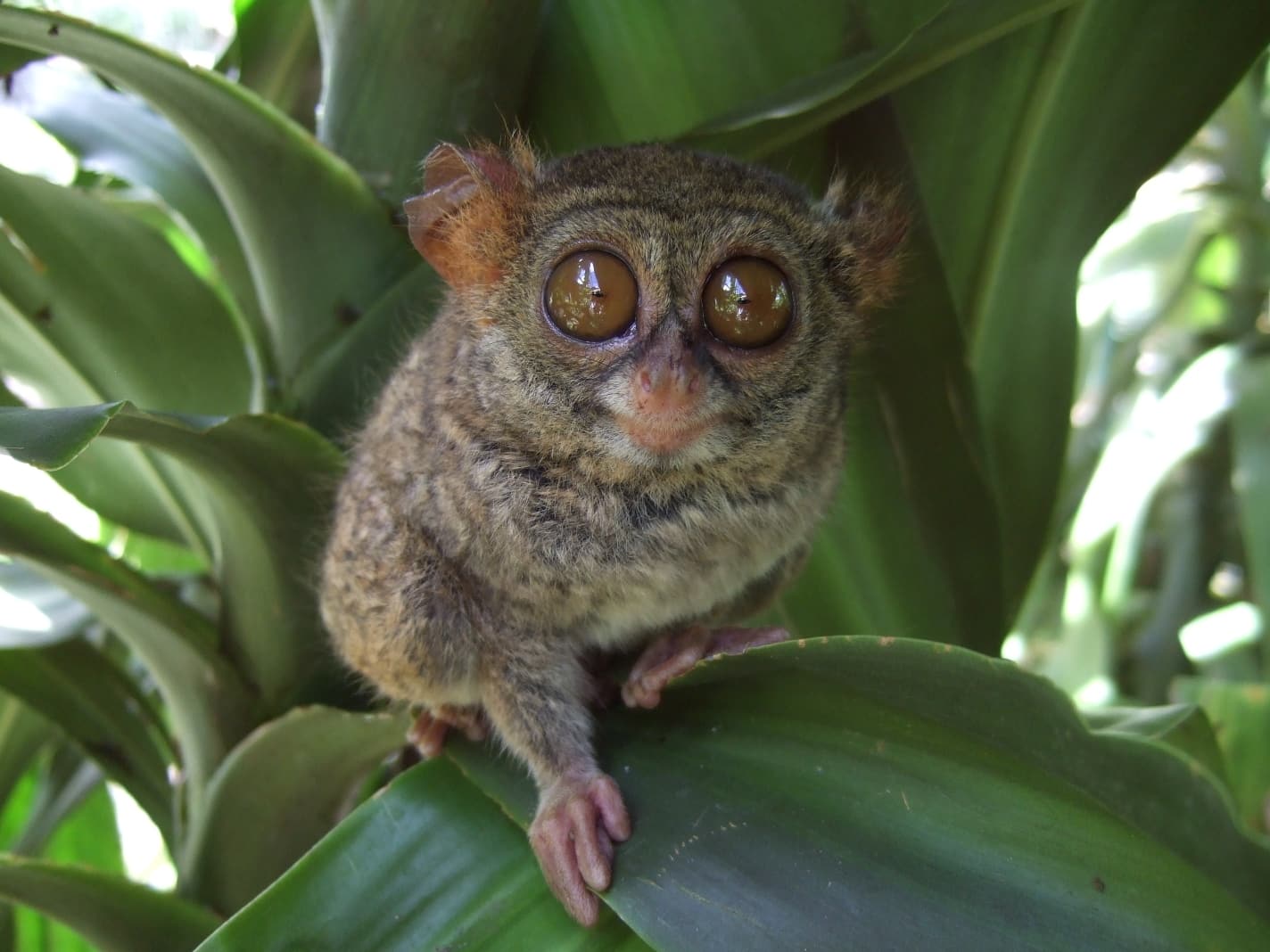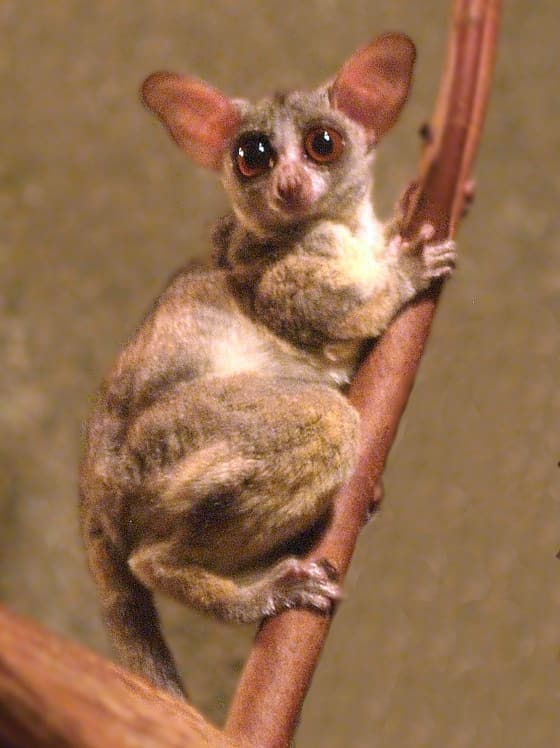Falcon vs Hawk: A Complete Comparison
When comparing falcons vs hawks, these magnificent birds of prey exhibit distinct characteristics that set them apart. Falcons are built for speed, capable of reaching velocities up to 240 mph (386 km/h) during hunting dives, while hawks typically max out at 120 mph (193 km/h). This stark difference in velocity reflects their fundamentally different hunting strategies and evolutionary adaptations.
The most notable distinction between falcons and hawks lies in their wing shape and hunting techniques. Falcons possess long, pointed wings with a streamlined body designed for high-speed aerial pursuits, whereas hawks feature broader, rounded wings that enable them to soar effortlessly and maneuver through woodland areas.
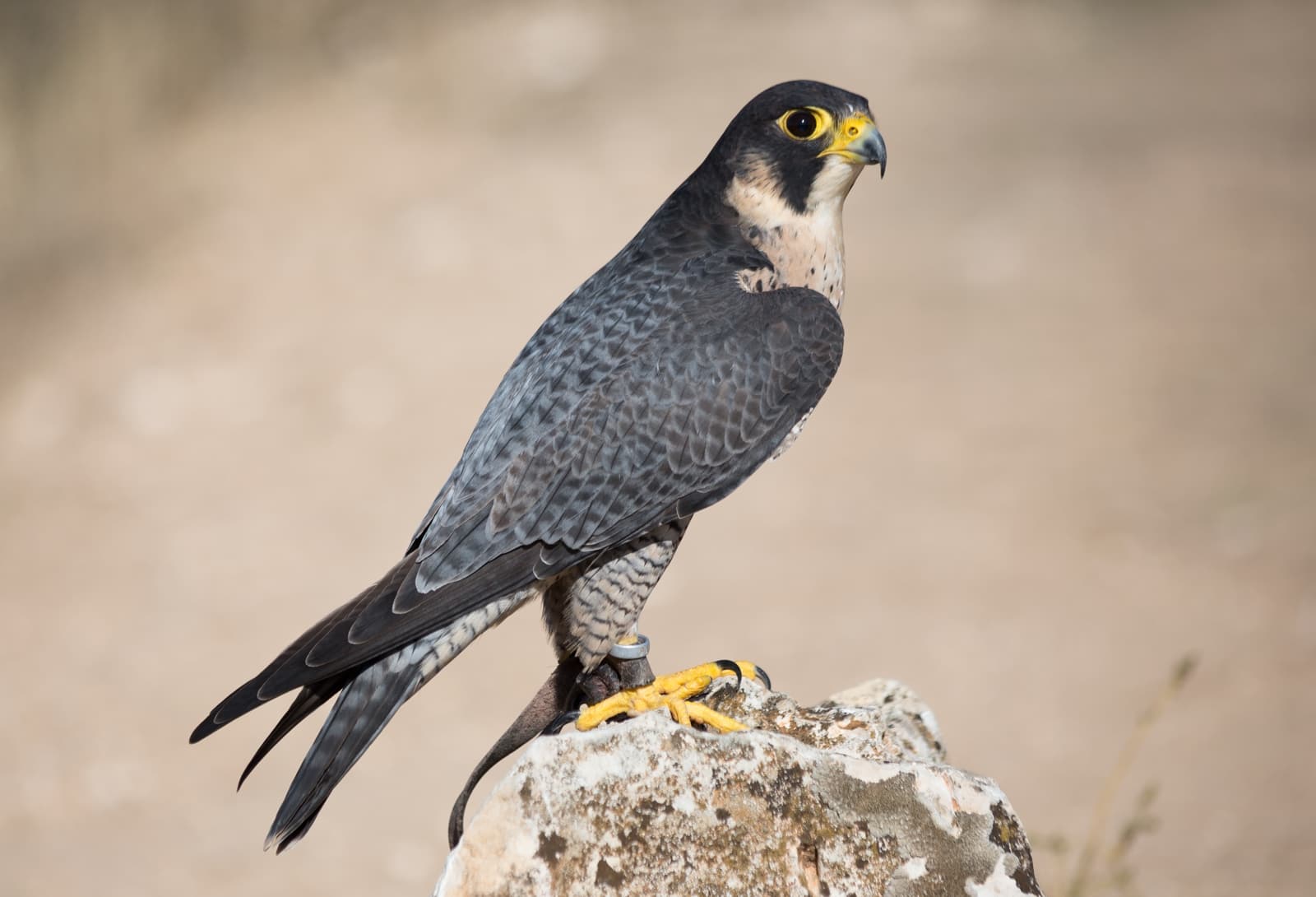
© Carlos Delgado / CC BY-SA 4.0
The Peregrine Falcon exemplifies the characteristic falcon profile with its streamlined form and distinctive pointed wings, adaptations that make it the fastest animal on Earth during its hunting stoop.
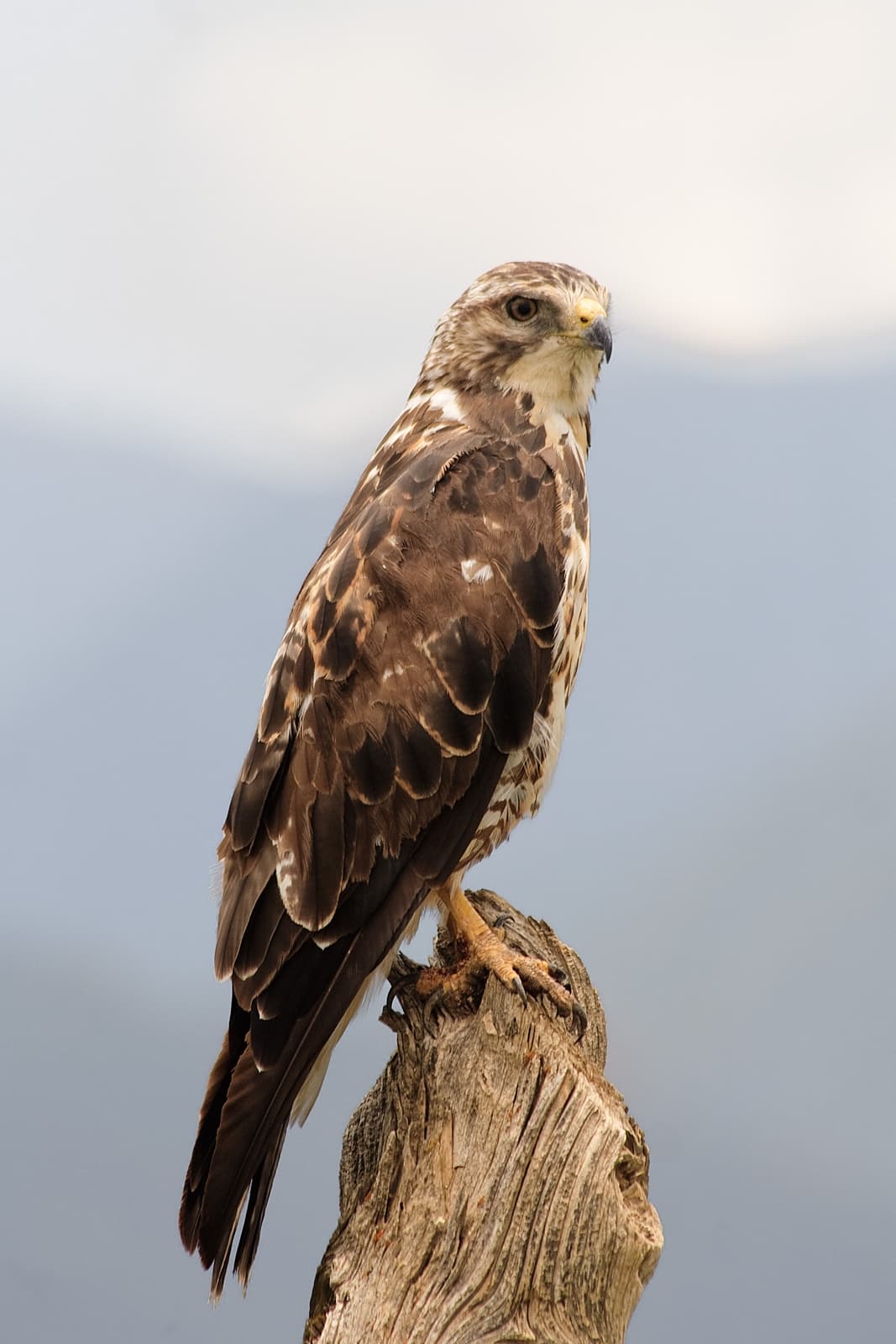
© Calibas / CC BY-SA 3.0
The Rough-legged Hawk showcases the typical hawk silhouette with broader wings and a more robust body build, perfect for extended soaring and woodland hunting.
Key Differences: Falcon vs Hawk
| Feature | Falcon | Hawk |
|---|---|---|
| Wing Shape | Long, pointed wings | Broad, rounded wings |
| Top Speed | 240 mph (386 km/h) | 120 mph (193 km/h) |
| Hunting Style | High-speed aerial attacks | Patient stalking and swooping |
| Beak Structure | Notched beak with “tomial tooth” | Curved beak without tooth |
| Size Range | 10-24 inches (25-61 cm) | 14-30 inches (35-76 cm) |
| Habitat Preference | Open areas and cliffs | Varied, including woodlands |
Hunting Techniques and Prey Selection
Falcons and hawks employ distinctly different hunting strategies that reflect their evolutionary adaptations. Falcons are aerial specialists, typically hunting birds in flight using their signature high-speed “stoop” - a dive that can exceed 200 mph (322 km/h). They strike prey with their feet, using the impact force to stun or kill before retrieving the quarry in mid-air.
Hawks, conversely, are ambush predators that rely more on stealth and surprise. They often perch-hunt, watching from concealed positions before making calculated attacks on prey below. Their broader wings allow them to maneuver effectively through forest canopies, targeting everything from small mammals to reptiles.
Physical Adaptations and Specializations
The most distinctive physical difference between falcons and hawks lies in their beak structure. Falcons possess a specialized notch in their upper beak called the “tomial tooth,” which they use to sever their prey’s spine efficiently. Hawks have a simpler curved beak designed for tearing flesh.
Wing loading - the ratio of body weight to wing area - also differs significantly. Falcons have higher wing loading, enabling faster flight but requiring more energy to maintain altitude. Hawks’ lower wing loading allows for extended soaring with minimal energy expenditure.
Habitat and Distribution
While both raptors have achieved worldwide distribution, their preferred habitats differ markedly. Falcons typically favor open landscapes where their speed can be fully utilized - coastal cliffs, desert edges, and tundra. Notable species like the Peregrine Falcon have even adapted to urban environments, using skyscrapers as artificial cliffs.
Hawks show greater habitat flexibility, thriving in environments ranging from dense forests to open grasslands. Their adaptable hunting techniques and broader dietary preferences allow them to succeed in diverse ecosystems.
Who Would Win in a Confrontation?
In direct aerial combat, falcons generally hold the advantage due to their superior speed and agility. However, hawks’ larger size and greater strength make them formidable opponents in close-quarter encounters. The outcome would largely depend on the specific species involved and the environment where the interaction occurs.
Natural confrontations between these raptors are rare, as they typically avoid direct competition by occupying different ecological niches. When territorial disputes do occur, they usually result in one bird retreating rather than escalating to physical combat.
Conservation Status and Human Interaction
Both falcon and hawk populations face similar conservation challenges, primarily habitat loss and environmental toxins. The Peregrine Falcon’s remarkable recovery from near-extinction due to DDT exposure stands as a testament to successful conservation efforts. Today, both groups play crucial roles in falconry, with their distinct hunting styles suited to different quarry and terrains.
Through understanding these magnificent birds’ unique adaptations and behaviors, we gain deeper appreciation for the diverse strategies nature has evolved for aerial predation. Whether it’s the falcon’s breathtaking speed or the hawk’s versatile hunting prowess, each represents the pinnacle of avian evolution in its own right.
